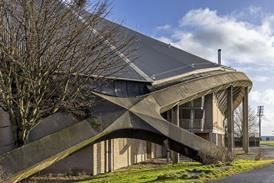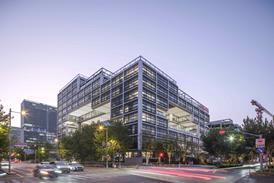- Home
- Intelligence for Architects
- Subscribe
- Jobs
- Events

2024 events calendar Explore now 
Keep up to date
Find out more
- Programmes
- CPD
- More from navigation items
What can we learn from designing for the sacred?

One small Ugandan practice reaches into the past to inform a contemporary monastic complex in the south of the country, writes Ben Flatman
The current generation of architects are among the first in the long history of our profession for whom an ecclesiastical commission is probably neither expected nor particularly sought after. This shift away from the sacred may have crept up on us largely unnoted, but it’s still worth reminding ourselves that it represents a radical change to the architect’s traditional role.
The very foundations of architectural practice lie in the masonic traditions of cathedral and church building. Any aspiring architect from the Renaissance through to the late 19th century would have expected to design a church. And as recently as the 1960s prominent practices such as those of Basil Spence or Gillespie, Kidd and Coia were as well known for their religious buildings as anything else they produced.
Today in the UK and much of Europe, such commissions are increasingly rare. Architects are focused almost exclusively on the secular. Skyscrapers and shopping centres have taken the place of cathedral spires and churches on our skylines, as consumer capitalism has usurped the role of religion in most of our lives. This move away from the religious to the profane also means we have fewer opportunities to explore the spiritual dimension to building, which was historically a key driver behind many architects’ sense of vocation.
…
This content is available to registered users | Already registered?Login here
You are not currently logged in.
To continue reading this story, sign up for free guest access
Existing Subscriber? LOGIN
REGISTER for free access on selected stories and sign up for email alerts. You get:
- Up to the minute architecture news from around the UK
- Breaking, daily and weekly e-newsletters
Subscribe to Building Design and you will benefit from:

- Unlimited news
- Reviews of the latest buildings from all corners of the world
- Technical studies
- Full access to all our online archives
- PLUS you will receive a digital copy of WA100 worth over £45
Subscribe now for unlimited access.






